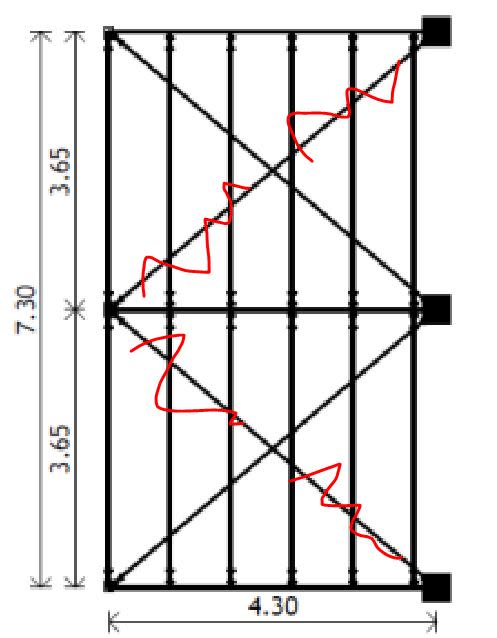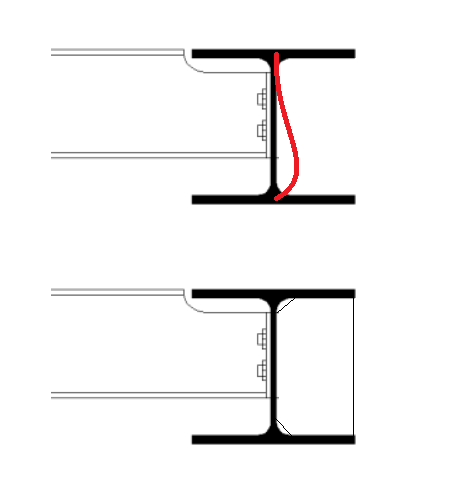Greetings.
Im designing connections of steel structure and I have some questions for more experienced guys on connections. Structure is anchored to an existing building.
I have designed primary beam to column connection as pinned (connected with 4 bolts). I think thats pretty simple and straightforward.
What I'm not so sure about is:
1) connecting secondary beams to primary beams. Primary beam is at 2 degree angle. Since I am dealing with 'open' sections I have to connect secondary beams (IPE 120) to a web of primary beams (HEA 180) so torsion effect is almost zero). Since angle of primary beam is small, there are little effects of biaxial bending of secondary beams. I know that open sections like IPE 120 are sensible to bending around the weak axis but I have checked this and its OK. I have designed beam to beam connections pinned. I'd like to make connection as shown (2 bolts connecting steel plate welded at the end of IPE 120 to a web of primary beam that is approx. 10 mm thick). Do you see any problem here? How does welded steel plate thickness affect connection? I was thinking about making it 5 mm thick.
2) horizontal stability is achieved by bracing (diagonals). They are placed right bellow secondary beams. I was thinking to fix them to lower flange of primary beams. can that be a problem? since tension forces will be acting at lower part of primary beam?
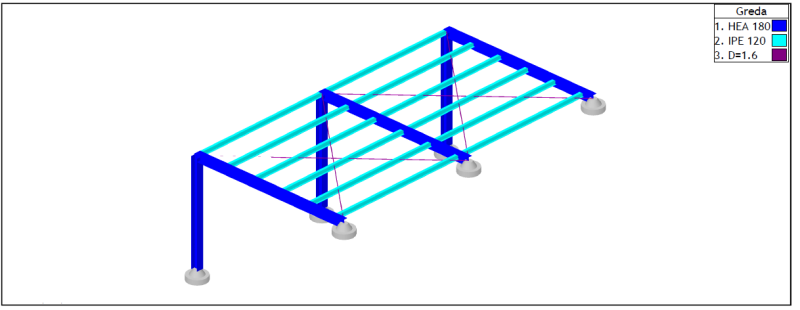
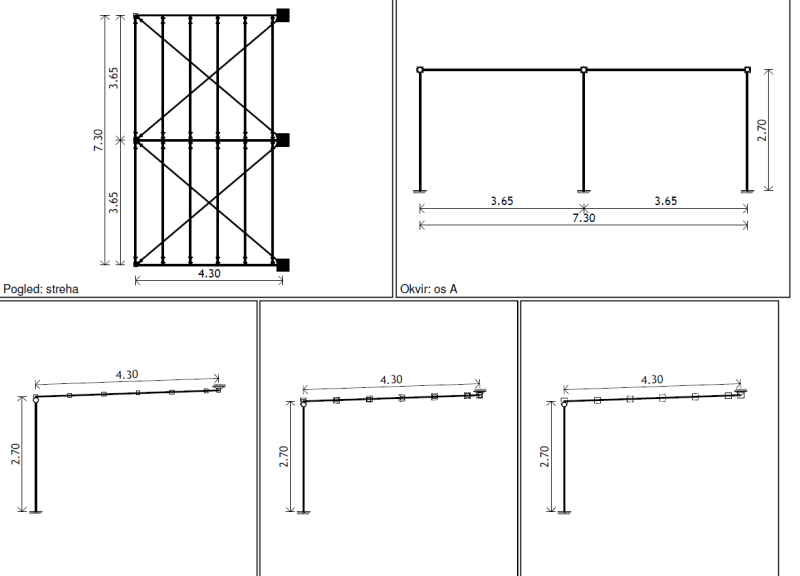
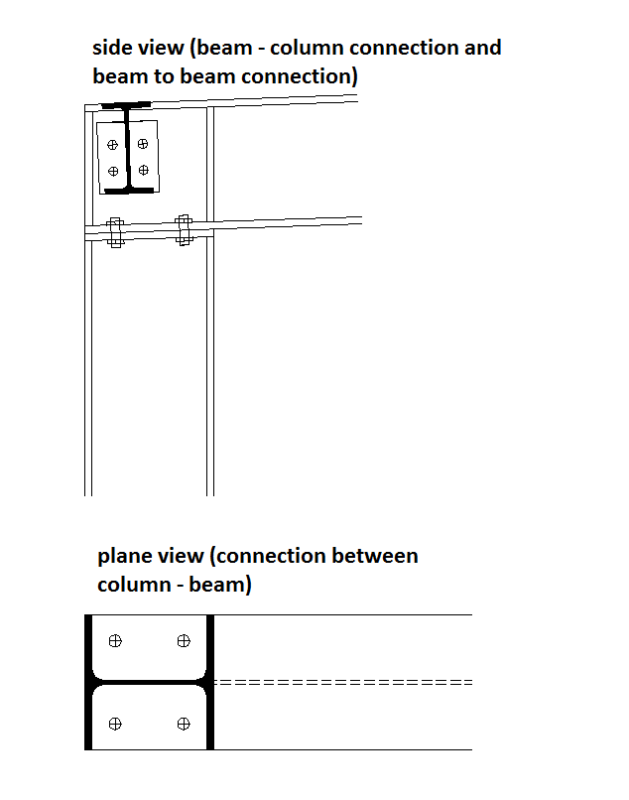

Im designing connections of steel structure and I have some questions for more experienced guys on connections. Structure is anchored to an existing building.
I have designed primary beam to column connection as pinned (connected with 4 bolts). I think thats pretty simple and straightforward.
What I'm not so sure about is:
1) connecting secondary beams to primary beams. Primary beam is at 2 degree angle. Since I am dealing with 'open' sections I have to connect secondary beams (IPE 120) to a web of primary beams (HEA 180) so torsion effect is almost zero). Since angle of primary beam is small, there are little effects of biaxial bending of secondary beams. I know that open sections like IPE 120 are sensible to bending around the weak axis but I have checked this and its OK. I have designed beam to beam connections pinned. I'd like to make connection as shown (2 bolts connecting steel plate welded at the end of IPE 120 to a web of primary beam that is approx. 10 mm thick). Do you see any problem here? How does welded steel plate thickness affect connection? I was thinking about making it 5 mm thick.
2) horizontal stability is achieved by bracing (diagonals). They are placed right bellow secondary beams. I was thinking to fix them to lower flange of primary beams. can that be a problem? since tension forces will be acting at lower part of primary beam?





